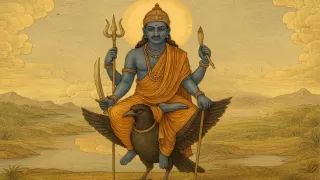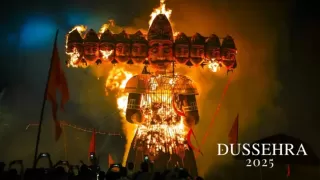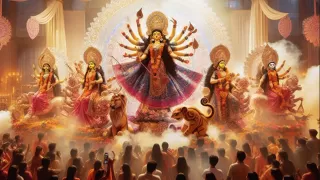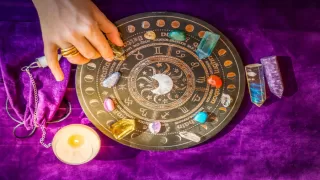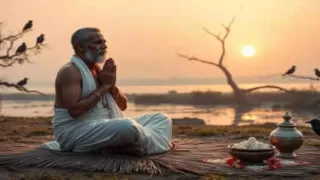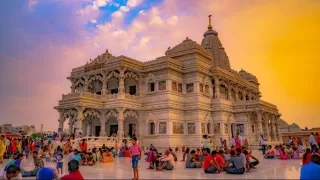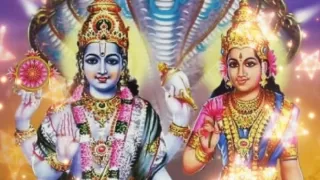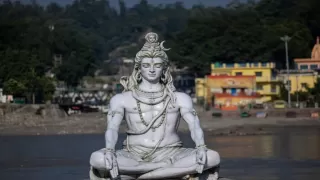The grand Mahakumbh 2025, the world’s largest religious gathering, is underway in Prayagraj. This monumental event, held once every 12 years, attracts millions of devotees, ascetics, and spiritual seekers from across the globe. Amidst the spiritual fervour and sacred rituals, the enigmatic practices of the Aghoris and Naga Sadhus continue to captivate and mystify onlookers. Videos showcasing their unique traditions are trending across social media platforms, sparking immense curiosity and intrigue.
Aghoris, often misunderstood for their unconventional and extreme practices, represent simplicity, acceptance, and the eternal truth of Lord Shiva. Let’s delve into the fascinating world of these ascetics, their beliefs, and the mystique that surrounds them.
Roots of the Aghori Tradition
The origins of the Aghoris trace back to ancient India. They are regarded as successors of the Kapalikas, known as 'skull bearers.' In his 1958 book Yoga: Immortality and Freedom, Romanian historian Mircea Eliade highlights the deep connection between Aghori practices and Shaiva traditions, which have endured for thousands of years.
Baba Kinaram, born in Chandauli, Uttar Pradesh, is considered the founder of the Shaiva Aghori sect. Revered as an incarnation of Lord Shiva, he played a pivotal role in bringing Aghori traditions into prominence, emphasizing their core principles of spiritual transcendence and universal acceptance.
The term 'Aghor' translates to 'not harsh or frightening,' signifying simplicity and fearlessness. Despite this, the Aghoris have been misunderstood due to their unconventional practices. During the 7th century, Chinese traveller Hiuen Tsang documented encounters with naked ascetics covered in ash and adorned with bone garlands. While not explicitly referred to as Aghoris, these descriptions resonate with modern depictions of their practices.
To become an Aghori, one must embrace simplicity, relinquish hatred, and transcend societal norms. They perceive divinity in everything, including elements often considered impure or taboo, which forms the foundation of their spiritual philosophy.
Aghori Funeral Practices
One of the most shocking yet profound aspects of Aghori traditions lies in their approach to death and funerals. Unlike most Hindu sects, which emphasize cremation, the Aghoris follow a distinct ritual for their deceased ascetics. Upon death, the Aghori’s body is positioned upside down—head downward and feet upward—and left in this state for 40 days. This practice symbolizes detachment from the physical form and submission to the natural cycle of decay.
After 40 days, the body undergoes a unique farewell. Half of the remains are immersed in the sacred Ganges, while the skull is preserved for spiritual practices. This process signifies the Aghoris’ belief in transcending the material world and embracing the eternal cycle of life and death.
For the Aghoris, Lord Dattatreya serves as their guiding deity. He is considered an incarnation of the holy trinity—Brahma, Vishnu, and Shiva—and embodies wisdom, power, and asceticism. Known as the god of Tantra and Mantra, Lord Dattatreya’s serene and enlightened persona inspires Aghoris in their spiritual journey.
The Mahakumbh 2025
This year’s Mahakumbh is not merely a religious gathering but a living testament to India’s rich spiritual tapestry. From Aghoris meditating on cremation grounds to Naga Sadhus performing rituals covered in ash, the event offers a unique glimpse into the diversity of ascetic traditions.
The Mahakumbh celebrates spirituality, where ancient wisdom meets contemporary curiosity. It challenges conventional perspectives on faith and devotion, urging us to explore the extraordinary and find the divine in the unlikeliest of places. The practices of the Aghoris and Naga Sadhus, though unconventional, underscore the profound depth of India’s spiritual heritage.
Also Read: Mahakumbh 2025: List of Celebrities and Artists Attending the Event




